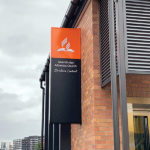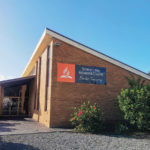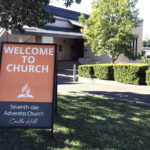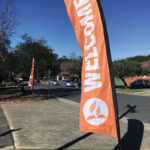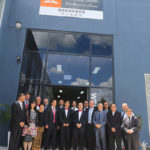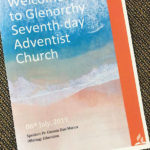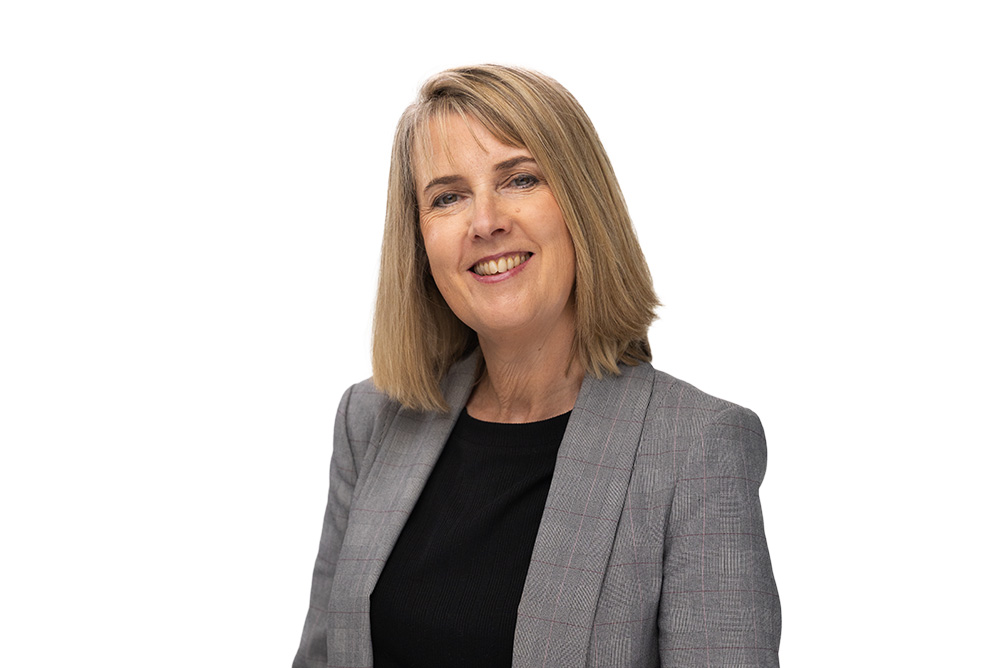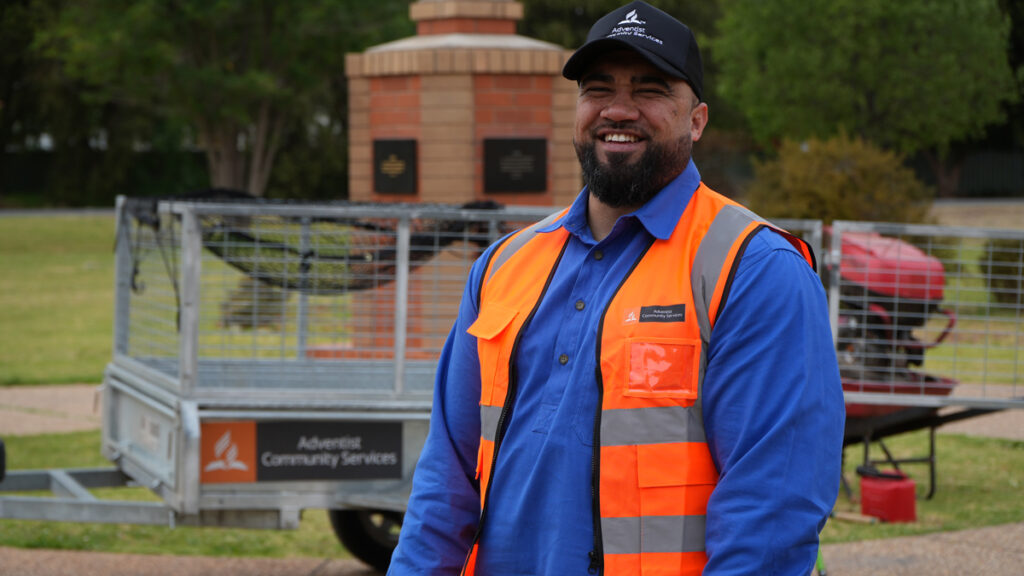How much do you know about the Seventh-day Adventist Church? This question was part of a small online survey conducted recently by a colleague. The top response? Nothing. Only 5 per cent of those surveyed claimed to know “a lot” about the Church.
The survey participants were also asked which church organisations they had heard of. Six churches were listed. Mormons and Anglicans had the most awareness, followed by the Baptists, Jehovah Witnesses, Presbyterians and finally, you guessed it, Seventh-day Adventists.
Historically, the Seventh-day Adventist Church has struggled to build a profile in the community—particularly in countries like Australia and New Zealand—despite the amazing work we do in areas like health and education. It seems that people either haven’t heard of us or they confuse us with other denominations.
So what are we doing about it? One of the things we’ve realised is that while we are all aligned in our mission to share the gospel, our Church’s identity has been somewhat fragmented. With the myriad of logos, colours and designs adopted by our churches, ministries and entities, it has been difficult for people to know we all stand together.
To address this issue, the General Conference developed the Adventist Identity Guideline System, which is aimed at showing we all belong to the same organisation. It allowed for the divisions of the world Church to make adjustments that take into account the needs and diversity of their communities. Thus the South Pacific Division (SPD) developed its branding with the goal of providing a more unified visual strategy for our local churches, schools, conferences, aged care facilities and entities.
Many of you would have already seen the eye-catching orange and black signs that have been installed by dozens of our local churches around the South Pacific. The colours and fonts were chosen to create a distinctive and positive impression with passers-by.
But does the new signage really have an impact? Most definitely! Just ask Andrew Skeggs, pastor of Livingston church in Western Australia. Since they installed one of the large pylon signs last year, they’ve had around 25 people walk through the church’s front door to attend programs advertised on the sign’s LED display.
“It has been really interesting. People have turned up at our toddler playtime, seniors’ craft group and even spiritual programs as a result of seeing our sign,” Pastor Skeggs said.
“It’s so much more visible than the old sign. The orange stands out and the LED display captures people’s attention. It’s been a real winner.”
Along with the signage, there are opportunities to adopt the branding on local church websites, bulletins, stationery and other materials. We have developed a range of resources—including a logo maker, and bulletin and flyer templates—to assist local churches. The resources are available at identity.adventistchurch.com.
SPD president Pastor Glenn Townend is encouraging everyone to continue supporting the initiative.
“Consistent and widespread use of the identity guidelines in all locations, communication and branding materials will help ensure we are easily remembered and recognised by the public,” he said.
“It’s our belief that participation in the identity project is an effective and compelling way to raise awareness of the Seventh-day Adventist Church. Let’s work together to create a strong, clear identity that reflects the amazing work God is doing through our Church in the South Pacific.”
Find out more at identity.adventistchurch.com. For assistance and inquiries, email communications_SPD@adventist.org.au.


